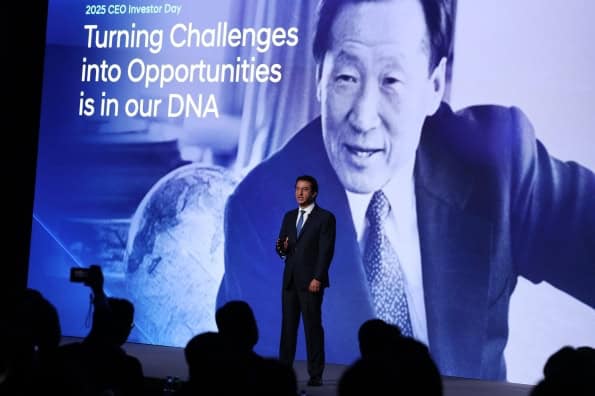
At its CEO Investor Day in New York, Hyundai Motor Company laid out a sweeping vision for the coming years that emphasizes greater U.S. production, electrification, and product diversification. The presentation, led by CEO José Muñoz, was an effort to reassure investors that despite headwinds—tariffs, supply chain issues, and labor disruptions—Hyundai remains committed to long-term growth.
Key Announcements
Production Shift and U.S. Expansion
- Hyundai aims to make over 80% of its vehicles sold in the U.S. domestically by 2030, to reduce exposure to import tariffs and strengthen its supply chain resilience.
- As part of that strategy, the Georgia (Ellabell) plant will expand capacity by 200,000 vehicles by 2028, backed by a $2.7 billion investment, to bring its output to about 500,000 vehicles annually.
Electrification and Vehicle Portfolio Growth
- Hyundai is targeting 3.3 million electrified vehicle sales globally by 2030, which includes hybrids and EVs.
- The company plans to introduce more than 18 hybrid models by 2030.
- New product segments include a body-on-frame mid-size pickup for North America (not co-developed with GM), light commercial vehicles, and regional electric-focused vehicles (such as IONIQ 3 in Europe, a locally designed EV for India, and China-produced SUVs and sedans).
- The first “Extended Range EV” (EREV) models are expected in 2027, promising more than 600 miles of range.
Tariffs, Margins, and Financial Adjustments
- U.S. tariffs have taken a toll: Hyundai revised down its forecast for operating profit margins in 2025 to 6-7%, from the prior goal of 7-8%.
- However, Hyundai expects margins to rebound to 7-8% by 2027, and to 8-9% by 2030, as the product mix shifts toward higher-margin electrified and hybrid vehicles.
A recent immigration raid at Hyundai’s battery plant in Georgia resulted in hundreds of specialized South Korean workers being deported. Hyundai’s executives stressed the difficulty of replacing skilled foreign labor quickly and used the opportunity to call for reforms in visa policy for short-term specialized workers.
Despite the disruption, including a delay of 2-3 months to the battery plant startup, Hyundai reaffirmed its commitment to its U.S. investments.
Why It Matters
Hyundai’s announcements show how automotive companies are actively responding to global uncertainty—tariffs, labor constraints, shifting trade policy—and seeking to protect both margins and reputation by localizing production and accelerating electrified portfolios. The move toward hybrids, extended range EVs, and charging- or software-oriented features indicates Hyundai sees the transition to electric drive as gradual and market-dependent rather than all-or-nothing overnight.
The mid-size pickup project is especially significant in the U.S., a market dominated by trucks and big SUVs; doing this without a partner (such as GM) suggests Hyundai is investing in its own platforms and capabilities rather than relying on joint ventures for key segments.
Next Steps & Challenges
- Delivering on the 80% U.S. manufacture target will require ramping up supply chain localization, managing regulatory risk, and navigating immigration policy challenges.
- Electric vehicle policy and incentives remain volatile, and Hyundai’s shift toward hybrids may be seen as a hedge in markets where EV support is weakening.
- Consumer acceptance, especially for pickups or new EVs in markets with less charging infrastructure, will be critical.
In all, Hyundai’s meeting in New York painted a picture of a company adapting to a complex global landscape—balancing tariffs, trade policy, production localization, and consumer demand — while laying out a bold roadmap through 2030. Whether it succeeds will depend on smooth execution, stable policy environments, and whether customers warm to its hybrid and pickup play just as strongly as its more familiar EVs.